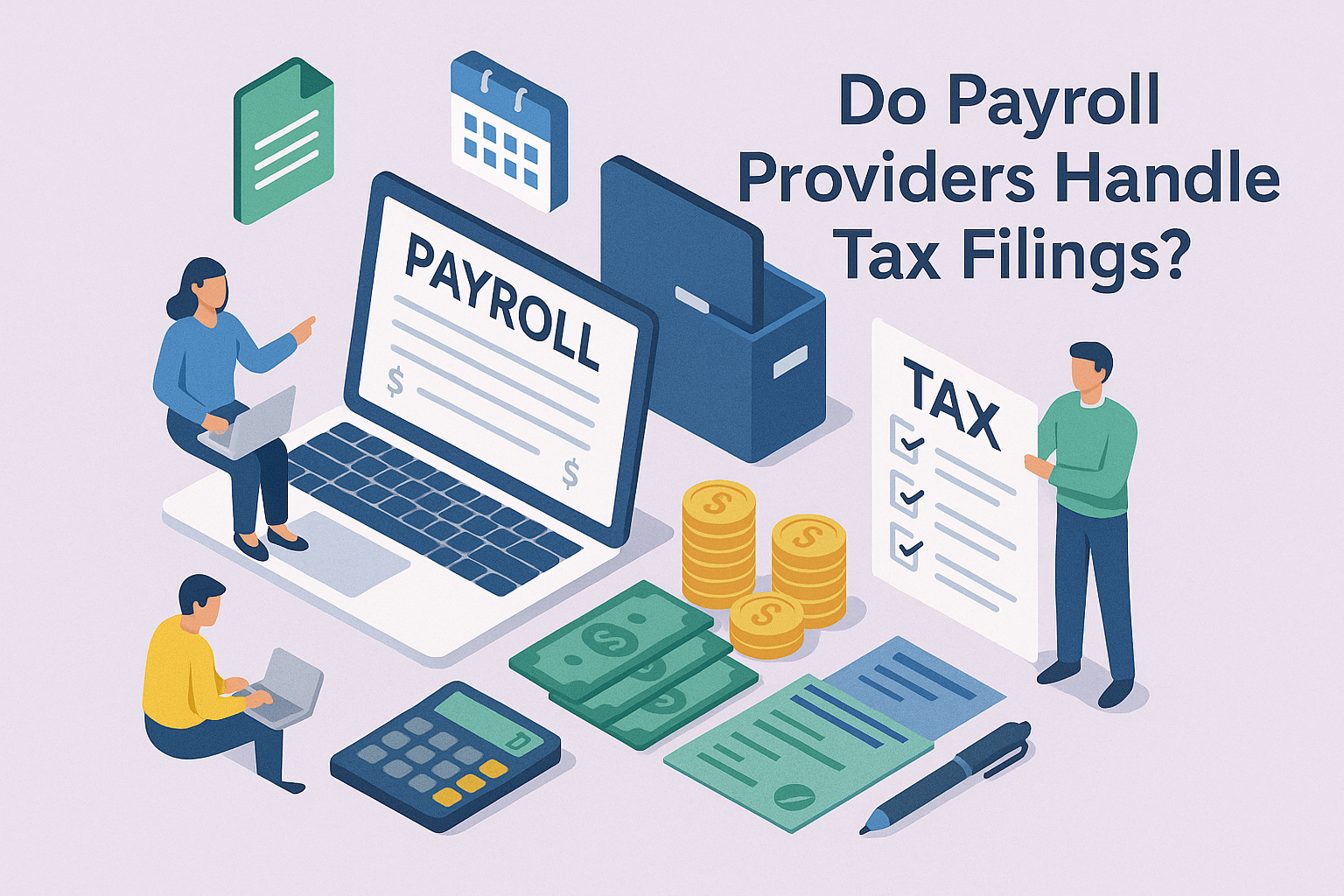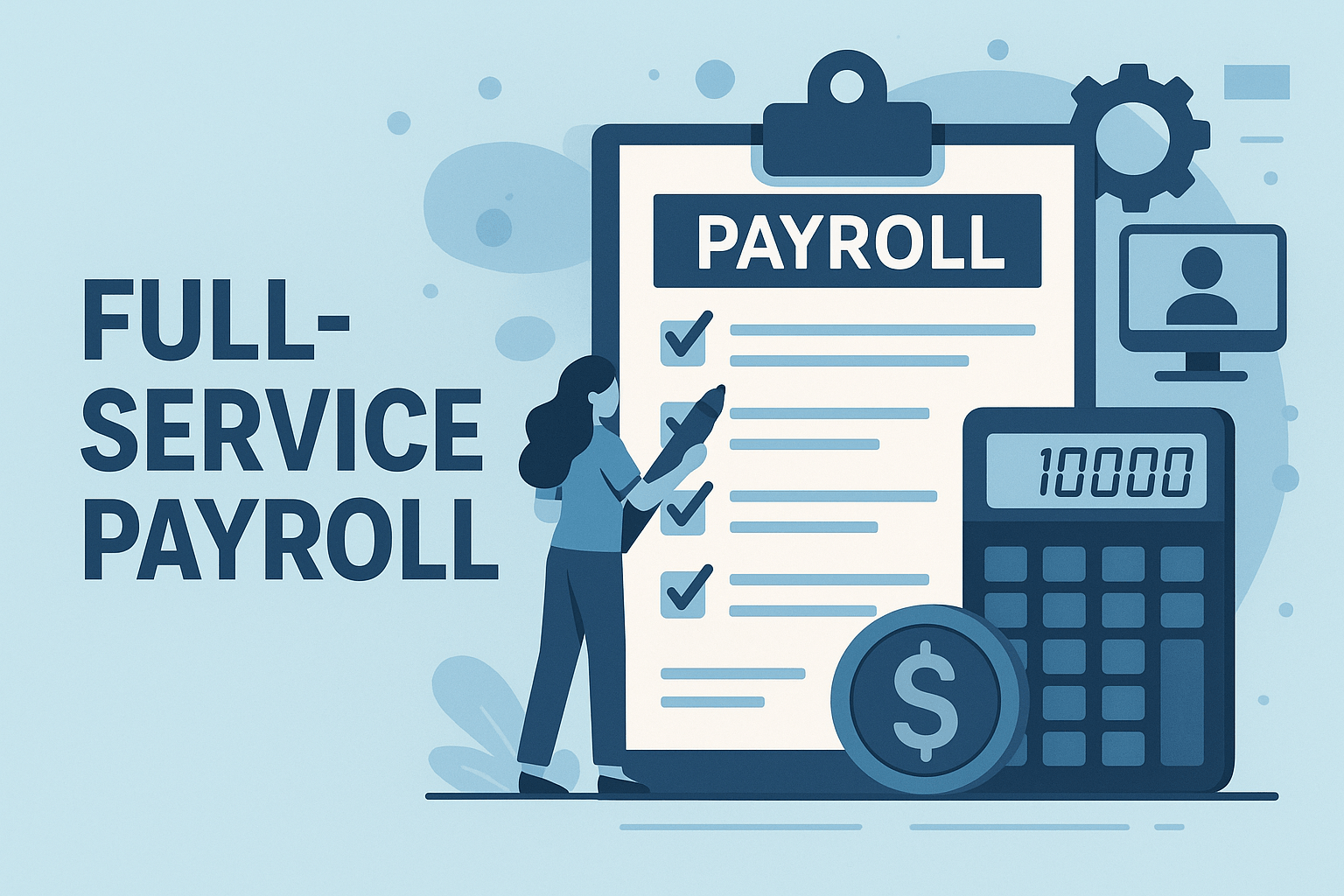
Core Payroll Reports and Their Importance
Payroll reports aren't just spreadsheets—they're tools that drive compliance, optimize costs, and support employees. At Lift HCM, we know this firsthand. Every day, we rely on these critical reports to ensure error-free payroll processing and accurate tax management for our clients.
Here’s a breakdown of key reports every manager should know:
| Payroll Report | What It Covers | Why It Matters |
| Payroll Register | A detailed list of each employee’s pay period earnings, deductions, and net pay. | Ensures accurate paychecks and serves as a document for payroll audits. It helps resolve paycheck discrepancies. |
| Compensation Analysis | A breakdown of employee salaries across departments or job titles. | Highlights potential salary disparities and ensures equity, which is critical for retaining top talent and maintaining legal compliance. |
| Salary Analysis | Focuses on salary distribution within the organization. | Offers insight into pay trends and supports long-term planning for raises, promotions, and budgeting. |
| Time Clock Report | Tracks hours worked by employees, including regular hours and overtime. | Provides the basis for payroll calculations and helps managers identify attendance trends and scheduling issues. |
| Pay Type Breakdown | Summarizes payroll by pay types, such as regular wages, commissions, and bonuses. | Helps managers understand where payroll funds are allocated and plan for spikes in variable compensation like bonuses. |
| Total Hours Worked Report | Aggregates total hours worked by all employees during a specific period. | Offers a macro view of labor utilization, helping managers assess resource allocation and staffing levels. |
| Overtime Report | Identifies employees who have logged overtime hours. | Highlights inefficiencies or scheduling gaps and helps control rising labor costs. |
| Paid Time Off (PTO) Report | Tracks accrued and used vacation and sick leave. | Ensures compliance with leave policies and balances employee well-being with operational productivity. |
| Check Register | A list of checks generated in the current payroll run. | Ensures all checks align with payroll records and simplifies bank reconciliations. |
| Labor Allocation Report | Summarizes accumulations for hours, earnings, taxes, deductions, and unpaid earnings by labor charge. | Provides granular insight into labor costs, enabling better resource allocation and budget management. |
| Deduction Register | Displays employee deductions, garnishments, and related fees. | Tracks deductions for compliance, particularly for court-ordered payments like garnishments. |
| Periodic Payroll Register | Shows gross-to-net details for employees over a selected period. | Flexible reporting supports audits and reconciliations for custom date ranges. |
| Leave Accruals Report | Displays employee leave balances, accrued time, and leave taken, grouped by plan. | Ensures leave balances are tracked accurately and reduces disputes about time off. |
| Retirement Report | Displays deferred comp plans assigned to employees with Current, MTD, QTD, and YTD accumulations for EE contributions and loans and ER matches. | It helps employers track employee retirement savings, contributions, and loan balances to ensure compliance with regulations and plan obligations. |
| Wage Garnishment Report | Details court-ordered deductions like wage garnishments for individual employees. | Helps employers track and comply with court-ordered deductions, ensuring accurate payroll processing and avoiding legal penalties. |
| Year-End Payroll Summary |
Provides a comprehensive overview of annual payroll data for tax preparation and audits. | It's essential for accurate tax filings, financial planning, audits, and overall compliance and risk management. |
Tax-Related Payroll Reports for Compliance
Accurate tax reporting is non-negotiable. These reports ensure you meet IRS and local government requirements.
| Tax Report | What It Covers | Why It Matters |
| Form 941 (Quarterly Federal Tax Return) | Quarterly federal taxes withheld and employer contributions. | Prevents penalties for underreporting or late filings. |
| Form W-2 (Wage and Tax Statement) | Annual wages and taxes for employees. | Essential for employee tax filings and compliance. |
| Form 1099-NEC (Non-Employee Compensation) |
Payments made to independent contractors. |
Required for contractor income reporting and IRS compliance. |
| Form 940 (Annual FUTA Repor |
Reports federal unemployment tax (FUTA) payments for the year. |
Ensures proper contributions to unemployment insurance programs. |
| ACA Reporting (Forms 1094-C and 1095-C) |
Reports health insurance coverage offered to employees under the ACA. |
Ensures compliance and avoids penalties under the ACA. |
| Annual Reconciliation of Taxes | Combines quarterly filings to reconcile year-to-date tax payments and liabilities. | Avoids discrepancies by ensuring total taxes paid match total taxes owed. |
| Tax Liability Summary Report | Provides a detailed breakdown of tax liabilities for federal, state, and local taxes. | Simplifies tax planning and ensures sufficient funds for payments. |
How to Use These Reports
Payroll reports are powerful tools, but their value depends on how you use them. Here are three strategies to get the most out of your reports:
- Auditing: Regular reviews of key reports (e.g., Deduction Register, PTO Report) ensure compliance and accuracy.
- Budgeting: Use reports like Compensation Analysis and Labor Allocation to plan for raises, bonuses, and staffing needs.
- Employee Trust: Providing employees with accurate tax documents (e.g., W-2s) builds confidence and reduces disputes.
📌 Pro Tip: For further compliance assistance, leverage the U.S. Department of Labor (.gov).
Why Payroll Reporting is Crucial for Business Success
Every report serves a distinct purpose, yet together they offer a comprehensive view of your workforce and guarantee adherence to tax and labor laws. These reports are vital for sustaining financial stability and operational effectiveness. By consistently reviewing them, you can spot and rectify paycheck discrepancies, ensure precise tax submissions, and make well-informed choices regarding budgeting and staffing. Moreover, these reports assist in maintaining compliance with intricate tax regulations, reducing potential legal and financial risks.
At Lift HCM, we utilize these reports daily to execute payroll with accuracy. This practice upholds our dedication to flawless payroll processing and guarantees tax precision for our clients.
Whether it's reconciling payroll data, confirming deductions, or monitoring leave balances, these tools help us prevent costly errors while offering valuable insights for improved business decisions.
💡 Did You Know? Businesses using payroll software experience 31% fewer errors, highlighting the importance of accurate payroll management (Source: G2).
Simplify Payroll Reporting with Lift HCM
In the past, payroll might have felt like a maze of numbers and paperwork, leaving you stressed about compliance and accuracy. Now, with these essential reports and our guidance, you can confidently manage payroll like a pro.
At Lift HCM, we make payroll reporting seamless. Whether it’s generating accurate reports, managing tax compliance, or offering actionable insights, we’ve got your back. Let us simplify your payroll so you can focus on growing your business.
Ready to take control of payroll? Contact Lift HCM today to explore how we can transform your payroll strategy.
Topics:




.png?width=1536&height=1024&name=Create%20a%20background%20that%20reads%2c%20How%20Long%20to%20Keep%20P%20(1).png)


















